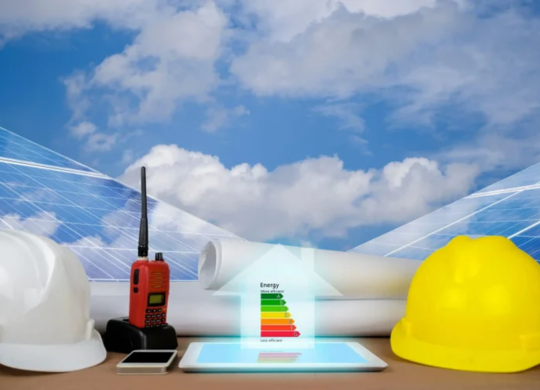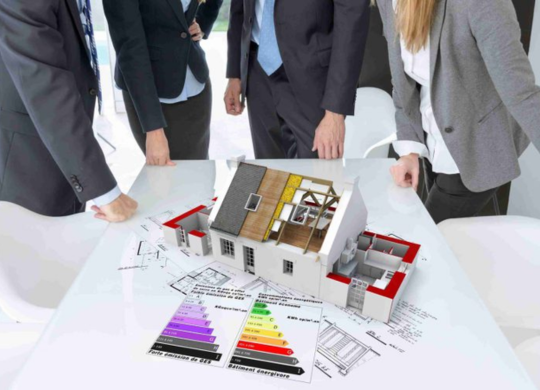Wind CFD analysis for Environmental clearance

Wind CFD Analysis for Environmental Clearance by RDT Corp
As new developments reshape our urban landscapes, understanding how structures interact with wind flow becomes essential. Wind Computational Fluid Dynamics (CFD) analysis provides a detailed simulation of wind behavior around buildings, assessing how they impact airflow, comfort, and structural safety. At RDT Corp, we specialize in Wind CFD analysis tailored to support projects in achieving Environmental Clearance (EC), ensuring that designs align with safety standards and environmental sustainability.
Why Wind CFD Analysis is Important for Environmental Clearance
Wind CFD analysis for Environmental clearance helps developers and regulatory bodies understand how a new project will influence wind patterns in the surrounding area. This analysis evaluates potential effects on comfort, wind loads, and ventilation, identifying risks that might arise from altered airflow. RDT Corp’s Wind CFD analysis supports developers in meeting environmental clearance requirements, offering data-driven insights that contribute to safe and environmentally responsible urban growth.
Core Components of Wind CFD Analysis by RDT Corp
Our comprehensive Wind CFD analysis is structured to evaluate and address all aspects of a development’s impact on wind behavior. Each report includes the following elements:
Baseline Wind Analysis
The initial stage of CFD analysis involves a thorough study of baseline wind conditions around the project site. This analysis establishes a reference for wind speed, direction, and seasonal variability, providing a benchmark for assessing any changes induced by the development.
Building-Induced Wind Effects
Buildings can cause complex changes in wind flow, leading to increased wind speeds around corners, rooftops, or entry points. RDT Corp’s analysis focuses on identifying these building-induced effects, evaluating how the structure will interact with wind and influence surrounding pedestrian comfort and safety.
Ventilation and Air Quality Impact
Wind patterns affect air quality and ventilation, particularly in densely populated urban areas. Our CFD analysis simulates how the building design will impact natural ventilation and pollutant dispersion, helping clients optimize for better air quality and reduce reliance on artificial ventilation systems.
Structural Safety Assessment
High-rise structures, in particular, face substantial wind loads that can impact structural integrity. RDT Corp’s Wind CFD analysis evaluates these loads and provides insights to engineers for making informed design modifications, ensuring that the project adheres to safety standards.
Pedestrian Comfort and Safety
Wind CFD analysis helps assess areas where wind speeds might disrupt pedestrian comfort. We identify high-risk zones, particularly around building entrances, walkways, and open spaces, and provide recommendations for mitigating discomfort caused by strong gusts.
Mitigation Strategies and Recommendations
Based on our findings, we offer targeted solutions to address any identified wind-related issues. These strategies might include design adjustments like landscaping, screen installations, or other structural modifications to promote a safe, comfortable environment.
Benefits of RDT Corp’s Wind CFD Analysis for Environmental Clearance
Improved Safety and Structural Integrity
RDT Corp’s Wind CFD analysis helps protect both the structure and its occupants by assessing and mitigating wind load impacts. This analysis supports compliance with structural safety regulations, ensuring that new developments withstand wind forces without compromising stability.
Enhanced Environmental Compliance
Wind effects can impact natural ventilation, energy efficiency, and air quality. RDT Corp’s CFD analysis enables developers to optimize their designs for minimal environmental impact, streamlining the environmental clearance process and meeting regulatory standards.
Optimized Pedestrian Comfort and Public Spaces
Our analysis supports the development of comfortable public spaces by identifying and mitigating high-wind zones. By prioritizing pedestrian comfort, developers can create spaces that are safe, accessible, and enjoyable for all users.
Energy Efficiency through Natural Ventilation
Wind CFD analysis helps projects leverage natural ventilation, reducing reliance on artificial cooling and ventilation systems. This contributes to lower energy consumption, promoting a more sustainable building design.
Wind CFD analysis is essential for developing safe, sustainable, and compliant urban structures. RDT Corp’s CFD services enable developers to understand and manage wind effects, ensuring projects meet environmental clearance requirements while prioritizing comfort, safety, and sustainability. Partner with RDT Corp to harness the full potential of Wind CFD analysis and build a resilient future for your urban development project.
Our Services
We’re here to help and answer any question you might have.
Free Consultation About RDT Design Technologies LLP
Testimonial
"Our experience with RDT Corp has been outstanding. They delivered a customized solution that addressed all our requirements and exceeded our expectations. Their commitment to excellence is evident in everything they do."

"Our experience with RDT Corp has been outstanding. They delivered a customized solution that addressed all our requirements and exceeded our expectations. Their commitment to excellence is evident in everything they do."

"RDT Corp provided us with a comprehensive IT strategy that perfectly aligned with our business goals. Their proactive approach and attention to detail have made a significant impact on our company's growth. Their services are worth every penny."

Services














